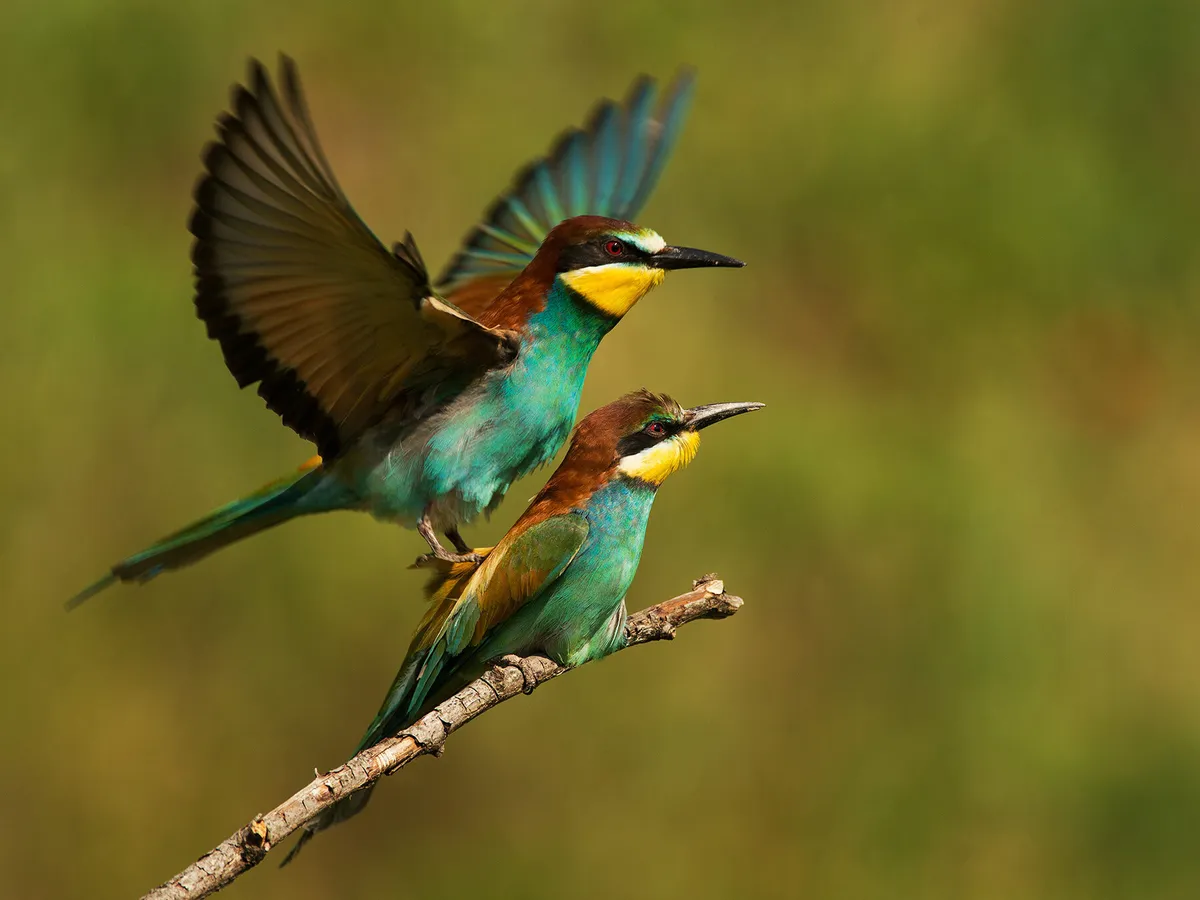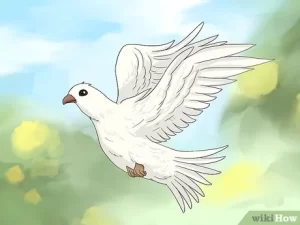
Bird Reproduction: A Comprehensive Overview
Bird reproduction is a fascinating and complex process that allows these creatures to create new individuals, transmit their genes, and perpetuate their species. Unlike mammals, birds have unique anatomical and physiological adaptations that facilitate their reproductive strategies. This article will explore the various stages of bird reproduction, including courtship, mating, egg development, nesting, and parental care. Additionally, we will provide a FAQ section and a summary table to clarify key points.
1. Overview of Bird Reproduction
Birds reproduce sexually, meaning that males and females must mate for fertilization to occur. The reproductive system in birds is characterized by internal fertilization, where the male transfers sperm to the female. This process is facilitated by the cloaca, a single opening used for reproductive and excretory functions.
2. Courtship Behavior
Courtship is a crucial phase in bird reproduction, as it helps establish pair bonds and ensure successful mating. The courtship process can vary widely among species and may include:
- Vocalizations: Males often sing elaborate songs to attract females and establish territory. The complexity of the song can indicate the male’s health and genetic fitness.
- Visual Displays: Many species engage in visual displays, such as puffing up feathers, performing dances, or showcasing bright plumage. For example, male peacocks fan their tail feathers to impress potential mates.
- Behavioral Signals: Birds may also engage in specific behaviors, such as feeding the female, performing acrobatic flights, or presenting nesting materials.
These behaviors serve to demonstrate the male’s strength, health, and suitability as a mate, ultimately influencing the female’s choice.
3. Mating Process
Once a pair has formed, the mating process begins. The mating process generally involves the following steps:
- Positioning: The male typically mounts the female, with both birds facing the same direction. The male arches his body downwards, while the female moves her tail feathers aside to expose her cloaca.
- Cloacal Kiss: The actual transfer of sperm occurs through a brief contact known as the “cloacal kiss.” This process usually lasts only a few seconds. The male’s sperm is transferred to the female’s cloaca, where it can fertilize the eggs.
- Fertilization: After mating, the sperm travels through the female’s oviduct to the infundibulum, where it fertilizes the egg. The fertilized egg then develops within the female’s body.
4. Egg Development
Birds lay eggs that are typically hard-shelled, providing protection for the developing embryo. The egg development process includes:
- Oviposition: Once the egg is fully formed, the female lays it in a nest. The laying process can take anywhere from a few seconds to several minutes.
- Egg Structure: Bird eggs consist of several layers, including the shell, membranes, and albumen (egg white). The hard shell protects the embryo while allowing gas exchange.
- Incubation: After laying, the eggs must be kept warm to facilitate embryo development. Incubation can be performed by one or both parents, depending on the species. The incubation period varies widely, lasting from 10 to 80 days.
5. Nesting
Bird nests come in various shapes and sizes, depending on the species and environmental conditions. Nests can be simple depressions in the ground or elaborate structures built from twigs, grass, and other materials. The choice of nesting site is crucial for protecting the eggs from predators and environmental factors.
6. Parental Care
Parental care in birds is typically extensive and varies among species. Key aspects of parental care include:
- Incubation: Both parents may take turns incubating the eggs, ensuring they remain warm and protected.
- Feeding: After hatching, parents provide food for the chicks, often regurgitating it for easier consumption.
- Protection: Parents defend the nest and chicks from predators, ensuring their survival during the vulnerable early stages of life.
7. Mating Systems
Birds exhibit a variety of mating systems, which can influence reproductive strategies and parental care. The main types include:
- Monogamy: The most common system, where one male mates with one female. This can be for a single breeding season or for life.
- Polygyny: A system where one male mates with multiple females. In this case, the female typically takes on most of the parental care.
- Polyandry: A less common system where one female mates with multiple males. Each male may help care for the young.
- Promiscuity: A system where individuals mate with multiple partners without forming lasting pair bonds.
Summary Table: Key Aspects of Bird Reproduction
| Aspect | Description |
|---|---|
| Courtship | Vocalizations, visual displays, behavioral signals |
| Mating Process | Cloacal kiss, internal fertilization |
| Egg Development | Oviposition, hard-shelled eggs, incubation |
| Nesting | Variety of nest structures, protection from predators |
| Parental Care | Incubation, feeding, protection |
| Mating Systems | Monogamy, polygyny, polyandry, promiscuity |
8. FAQ Section
How do birds reproduce?
Birds reproduce through sexual reproduction, involving internal fertilization where the male transfers sperm to the female via a cloacal kiss.
What is a cloacal kiss?
The cloacal kiss is the brief contact between the male and female cloacas during mating, allowing for the transfer of sperm.
How long does the incubation period last?
The incubation period varies by species, typically lasting from 10 to 80 days, depending on the type of bird.
Do both parents care for the young?
In many species, both parents participate in caring for the young, including incubating eggs and feeding chicks.
What are the different mating systems in birds?
Birds can exhibit monogamy, polygyny, polyandry, or promiscuity, influencing their reproductive strategies and parental care.
Conclusion
Bird reproduction is a complex and diverse process that encompasses various stages, including courtship, mating, egg development, nesting, and parental care. Understanding these processes enhances our appreciation of avian life and the intricate behaviors that ensure the survival of bird species. For more detailed information, you can refer to the Wikipedia page on Bird Reproduction.This overview provides a foundational understanding of how birds reproduce, highlighting the unique adaptations and behaviors that characterize avian reproductive strategies.


